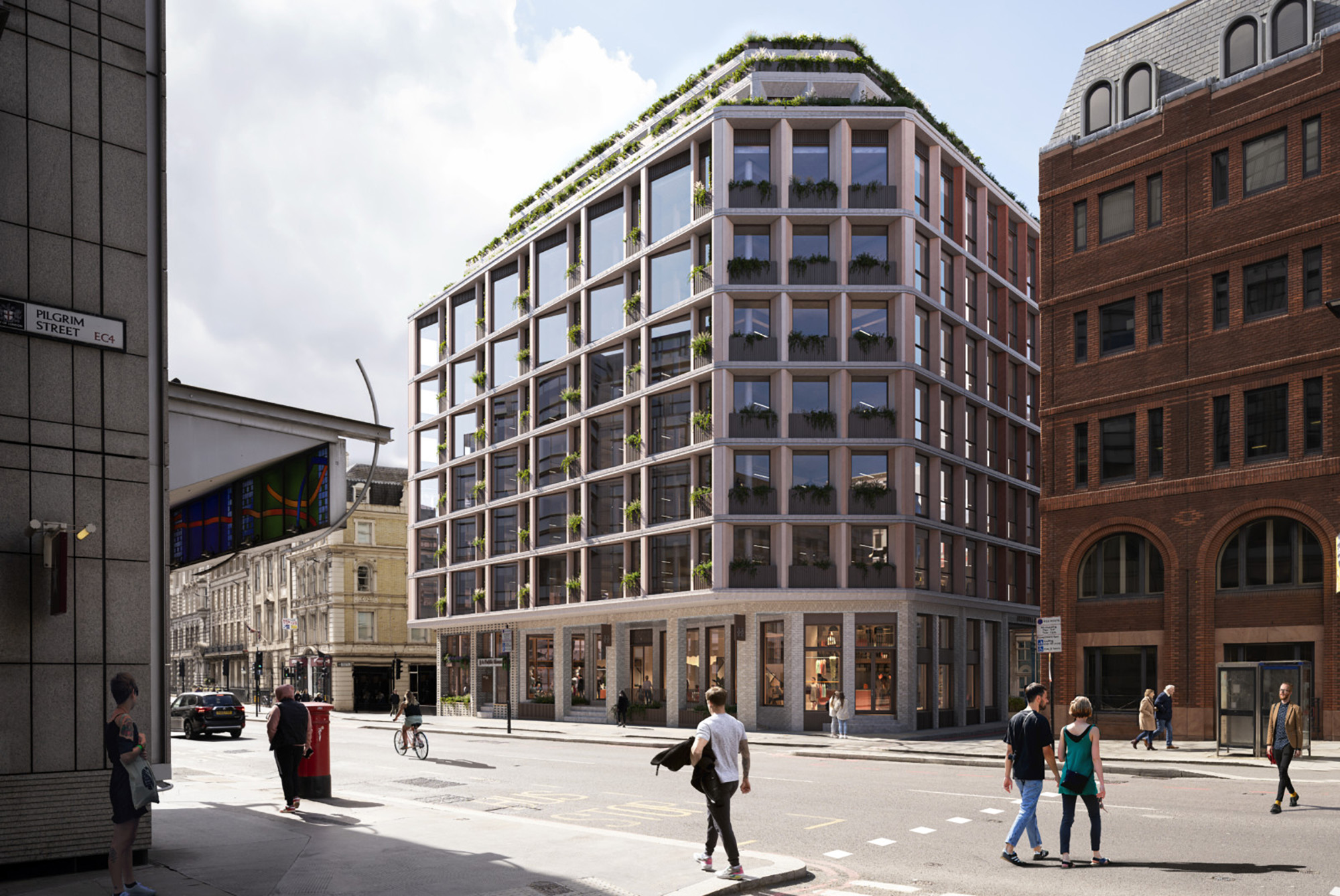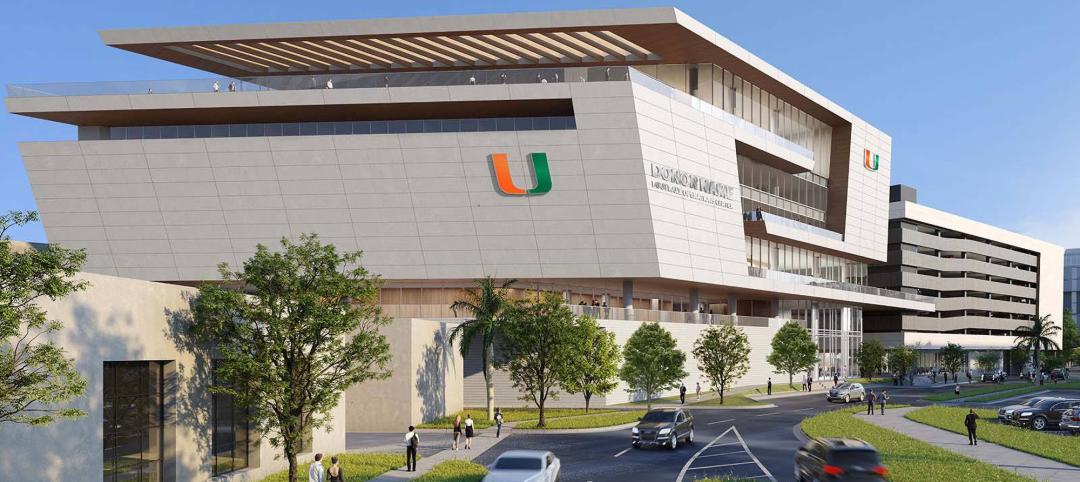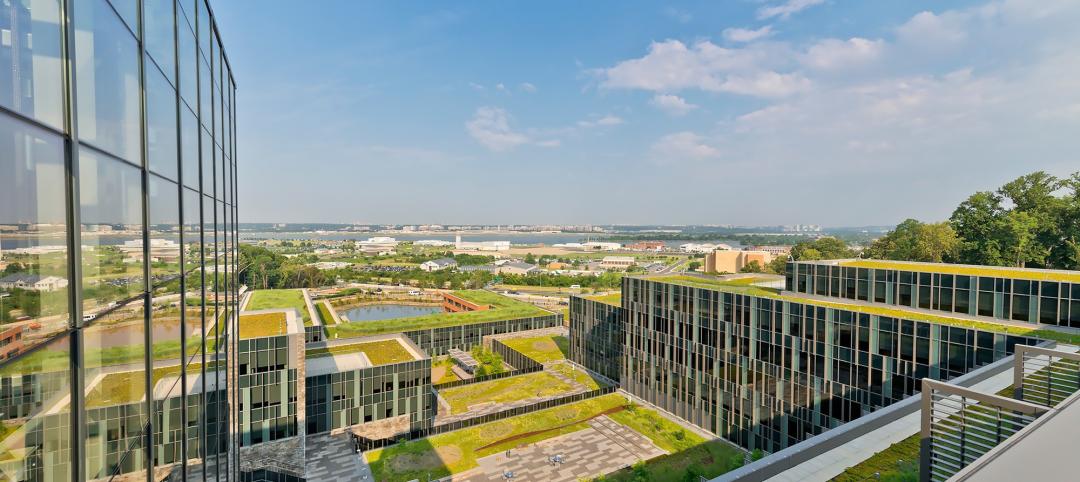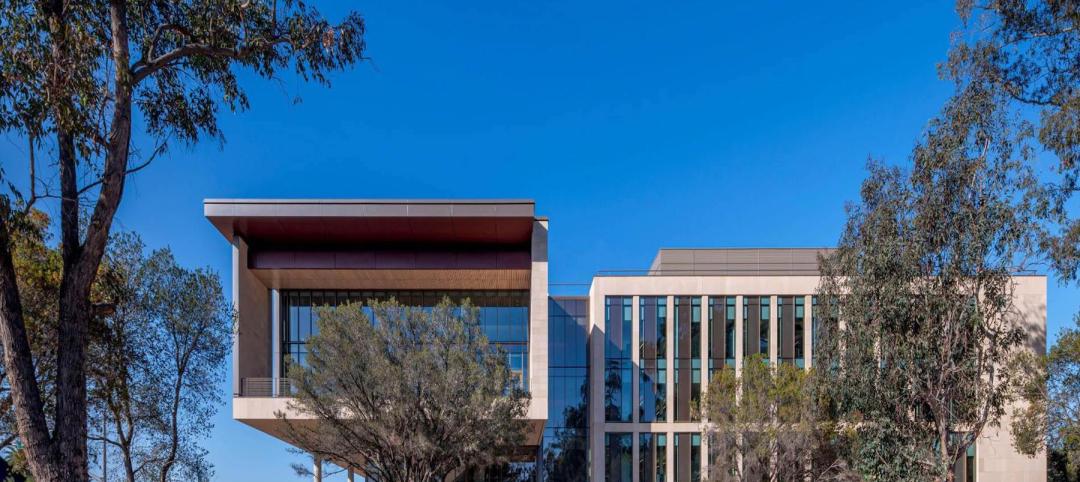Constructed in the early 1960s, the building at 10 New Bridge Street in central London could have been demolished to make way for a more modern and efficient replacement. Instead, the office building is being renovated to new standards targeting BREEAM Excellent and WELL Platinum certifications for sustainability and wellness.
Eoin Conroy, UK country director for Atenor (the building’s developer) recently joined David Weatherhead, design principal for HOK’s London studio, for a LinkedIn Live conversation on the challenges and opportunities of retrofitting buildings like 10 New Bridge Street.
View their discussion (moderated by HOK’s Stephanie Miller) below or jump down for five key takeaways.
1. Green retrofits require more planning and creativity
From an architectural perspective, green retrofits of existing buildings often require more in-depth analysis than new construction.
“We need to spend a lot more time early on assessing the data,” said Weatherhead. “We need to assess whether it is practical to retrofit and how it will impact the building’s long-term adaptability.”
Even after an exhaustive study of the data, retrofits can still have many unknowns—such as what really exists beneath the walls. “You may think you know what you’re getting into, but when you dig further, it gets far more complicated,” said Weatherhead.
By melding modern solutions into historic architecture, retrofits also can create buildings that are more unique and attractive to tenants.
“It’s definitely not an easier path, but retrofits do lead to innovation and creativity in terms of the design approach,” said Conroy. “A building with character and identity creates value in the marketplace.”
2. Not all buildings are ideal candidates for green retrofits
“Fire regulations, accessibility standards and other codes were different in previous decades,” noted Weatherhead. “We can’t be short-sighted and say that we are going to keep a building but then realize that we are going to spend more carbon to bring that building up to modern standards.”
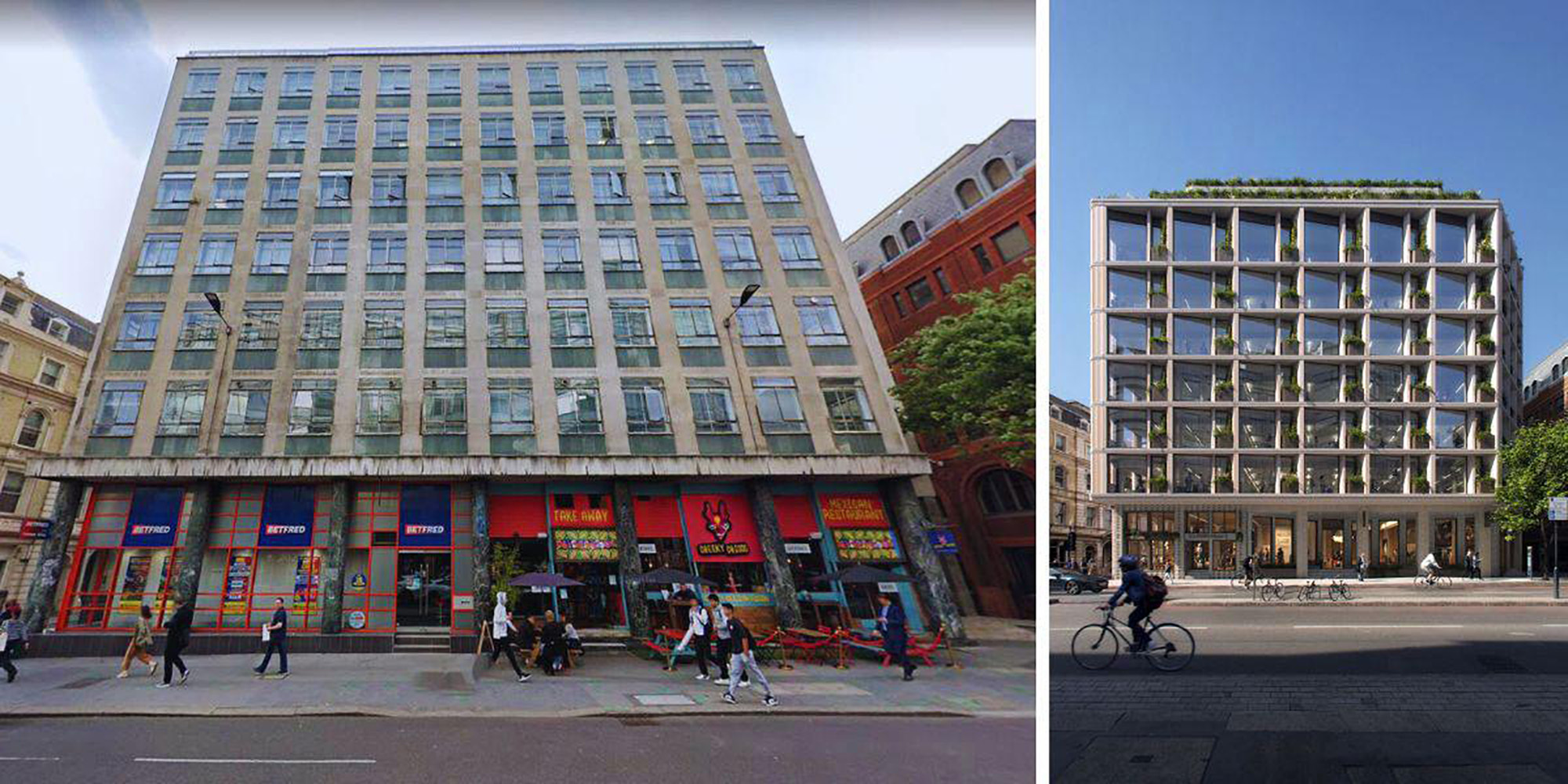
3. Retrofit isn’t always the least-expensive option
It is often said that the most sustainable building is the one that already exists. Yet renovating existing buildings to modern standards is not always financially sustainable.
“One of the myths of retrofitting an existing building is that it is easier and more cost-effective than demolishing a building and constructing something new,” said Conroy. “In fact, I’d say that’s rare.”
“Retention of anything is not a cheap option,” said Weatherhead. “We need to look at what is sensible and take a considered approach to what and where we want to develop.”
4. Green is just one component of sustainability
Beyond environmental sustainability, developers should be mindful of the social and economic sustainability of the project before committing to a retrofit.
“There are three pillars of sustainability—social, economic and environmental,” said Conroy. “When we talk about sustainability, most people automatically think about environmental sustainability. To make a building truly sustainable, it needs to be financially feasible and deliverable. There needs to be positive social impact. What’s the point of keeping a building if portions of the community simply cannot benefit from it because of accessibility issues?”
5. Sustainability codes and policies must be mindful of the existing building stock
Weatherhead and Conroy both spoke on the need for governments to take a balanced approach to sustainability by encouraging its adoption while also not making it impossible to apply to older buildings.
“Some of the policies are jeopardizing long-term sustainable development,” said Weatherhead. “We’ve got to make sure that the decisions we make today are not just for short-term sustainable wins. For example, is keeping an older building on life support better than demolishing it and replacing it with a building that can last another 200 years?”
“There is a lot of building stock that simply cannot achieve some of the new standards,” said Conroy. “That’s good for the building owners who have updated stock and can take on tenants, but not so good for those who have historical stock and are going to lose tenants while taking on major capital improvements. From a planning and policy implementation perspective, what can be done is a bit of a reality check around the timing and the basis for new policies. The agenda can still move forward, but it does so in a much more balanced, regulated and sustainable way.”
More from Author
HOK | Apr 2, 2024
How university rec centers are evolving to support wellbeing
In a LinkedIn Live, Recreation & Wellbeing’s Sadat Khan and Abby Diehl joined HOK architect Emily Ostertag to discuss the growing trend to design and program rec centers to support mental wellbeing and holistic health.
HOK | Jan 25, 2024
40 Under 40 Class of 2023 winner Kimberly Dowdell inaugurated as AIA 2024 President
The American Institute of Architects (AIA) has announced the inauguration of Kimberly Dowdell, AIA, NOMAC, NCARB, LEED AP BD+C, Principal and Director of Strategic Relationships at HOK and BD+C 40 Under 40 superstar, as its 100th president.
HOK | Jun 5, 2023
Office design in the era of Gen Z, AI, and the metaverse
HOK workplace and interior design experts Kay Sargent and Tom Polucci share how the hybrid office is evolving in the era of artificial intelligence, Gen Z, and the metaverse.
HOK | May 5, 2023
9 workplace design trends for 2023
HOK Director of WorkPlace Kay Sargent and Director of Interiors Tom Polucci discuss the trends shaping office design in 2023.
HOK | Apr 4, 2023
6 examples of modern college training facilities
HOK discusses the future of college training facilities, with six design takeaways derived from a discussion between Dan Radakovich, Director of Athletics at the University of Miami, and Trevor Bechtold, Director, HOK’s Sports + Recreation + Entertainment practice.
HOK | Feb 23, 2023
Using data to design the sports venue of the future
Former video game developer Abe Stein and HOK's Bill Johnson discuss how to use data to design stadiums and arenas that keep fans engaged and eager to return.
HOK | Jan 23, 2023
How regenerative design is driving AEC industry innovation
HOK's Sean Quinn and Microsoft's JoAnn Garbin discuss the next step of sustainability: regenerative design.
HOK | Nov 23, 2022
7 ways the Inflation Reduction Act will impact the building sector
HOK’s Anica Landreneau and Stephanie Miller and Smart Surfaces Coalition’s Greg Kats reveal multiple ways the IRA will benefit the built environment.
HOK | Jul 19, 2022
All is not lost: 3 ways architects can respond to the Supreme Court’s EPA ruling
The U.S. Supreme Court’s ruling to limit the Environmental Protection Agency’s power to regulate greenhouse gas (GHG) emissions from power plants dealt a significant blow to our ability to fight the climate crisis with federal policy.
HOK | Jul 8, 2022
Stanford Center for academic medicine honored for excellence in structural engineering
The Stanford School of Medicine Center for Academic Medicine was an Outstanding Project Winner in the 2021 Excellence in Structural Engineering Awards presented by the National Council of Structural Engineers Associations (NCSEA).

